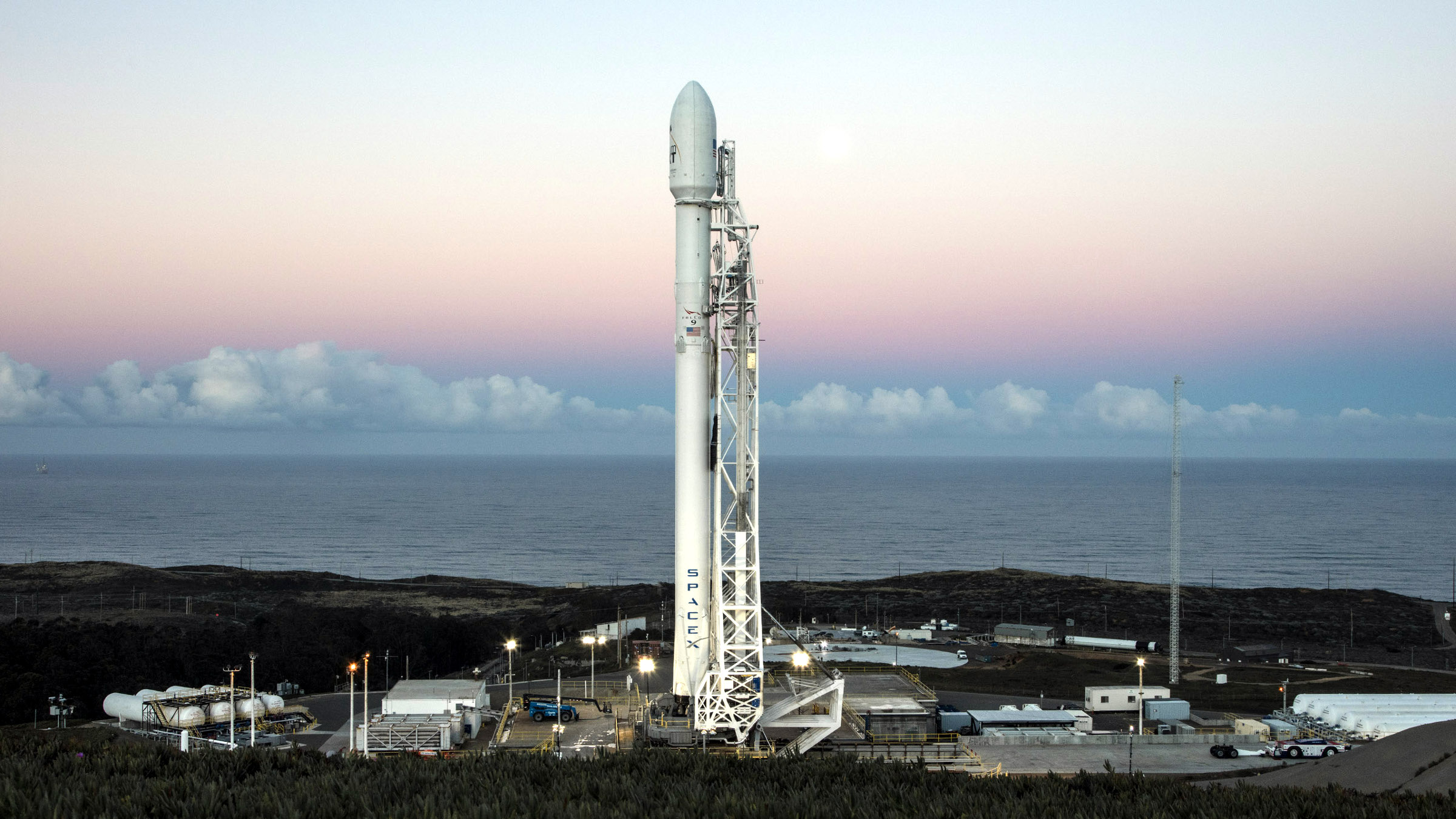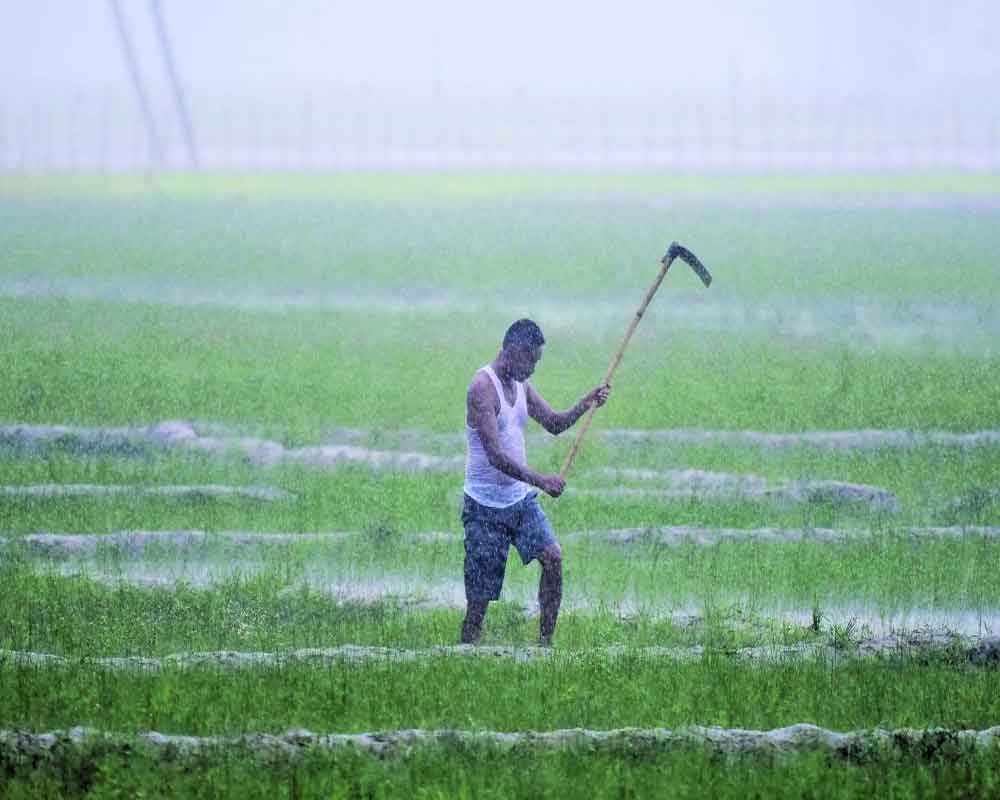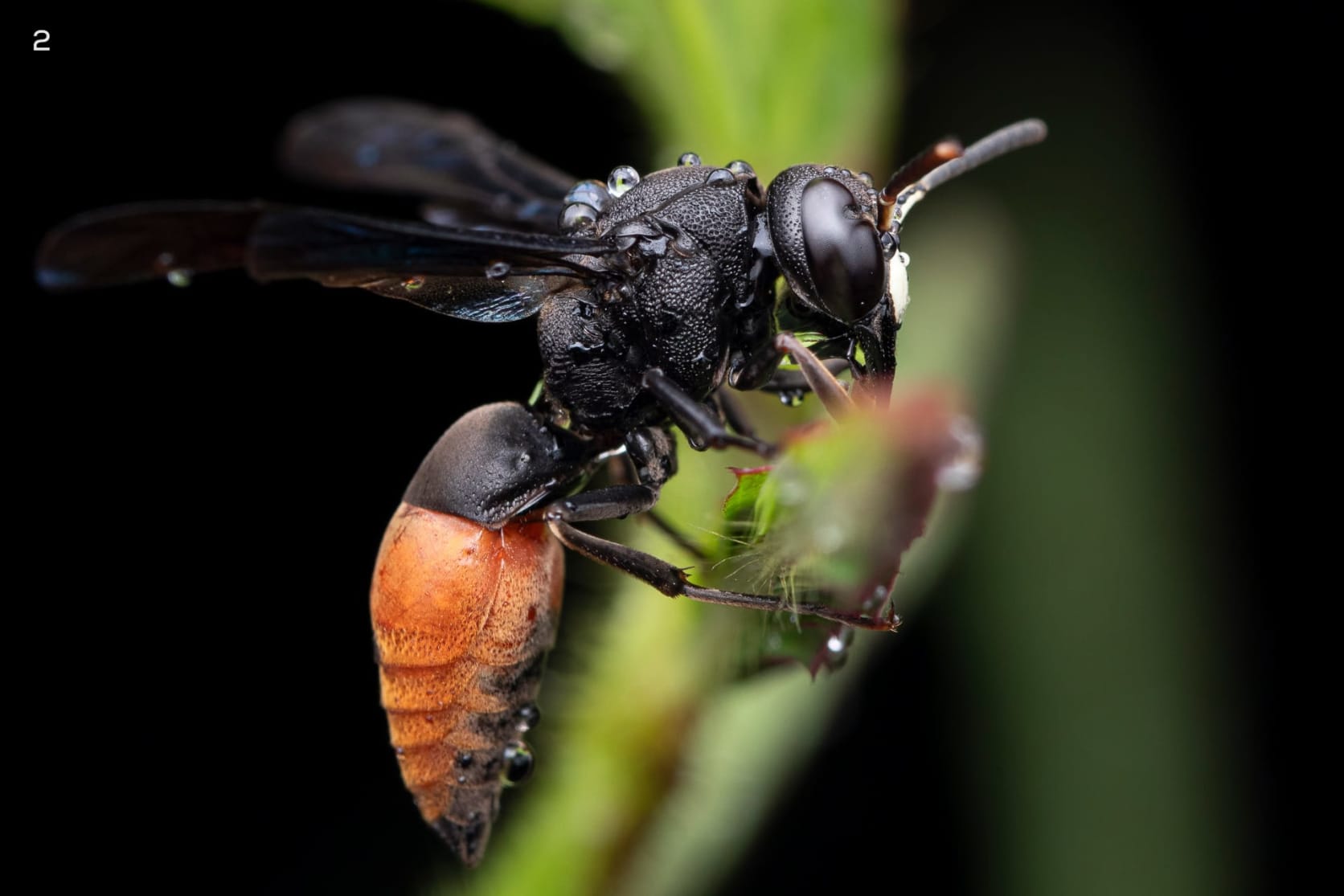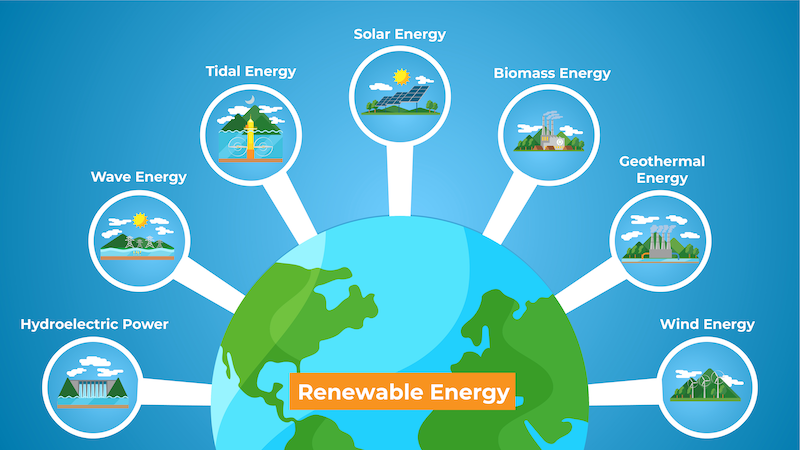


Following the successful completion of a test that saw part of SpaceX's Starship return to its launch pad, the company's goal of creating a fully reusable and quickly deployable rocket has taken a major leap forward. BBC's science correspondent, Pallab Ghosh, delves into the technical challenges of this feat and addresses concerns about the environmental impact of such a rocket. This development comes after a public dispute between Elon Musk and the Federal Aviation Administration over permits and environmental concerns.
SpaceX's Starship: A Leap Towards Reusable Rockets
SpaceX, the aerospace company founded by Elon Musk, has made significant progress towards its goal of developing a fully reusable and rapidly deployable rocket system. This milestone was achieved recently with the successful return of part of the Starship to its launch pad, following a test flight.
Background
SpaceX's Starship is a massive reusable spacecraft designed to carry both crew and cargo into space. It consists of a first stage called the Super Heavy booster and a second stage called the Starship itself. The Super Heavy is responsible for lifting the Starship into orbit, while the Starship serves as the primary vehicle for travel beyond Earth's atmosphere.
The development of Starship is crucial for SpaceX's plans to establish a permanent human presence on Mars and enable interplanetary travel. By creating a fully reusable rocket, SpaceX aims to drastically reduce the cost of space travel and make it more accessible.
Technical Challenges
Developing a fully reusable rocket system is no easy task and presents numerous technical challenges. One of the primary obstacles is the ability to withstand the extreme heat and pressures encountered during re-entry into Earth's atmosphere. SpaceX has overcome this hurdle through a combination of advanced heat shielding and precise control during descent.
Another challenge lies in the separation and recovery of the Super Heavy booster and Starship. To achieve rapid reusability, both stages must be able to return safely to the launch pad for refurbishment. SpaceX has employed a range of innovative techniques, including onboard guidance systems and precise landing maneuvers, to enable this separation and recovery process.
Environmental Concerns
The development and operation of Starship have raised concerns about its potential environmental impact. Critics have expressed worry that the rocket's methane-based fuel could contribute to greenhouse gas emissions. SpaceX has addressed these concerns by emphasizing the efficiency of their propulsion system and their plans to transition to renewable energy sources in the future.
Dispute with Federal Aviation Administration
In February 2022, SpaceX and the Federal Aviation Administration (FAA) engaged in a public dispute over permits and environmental concerns related to the Starship launch site in Boca Chica, Texas. The FAA raised concerns about the project's potential impact on local wildlife and the environment. After extensive discussions and negotiations, SpaceX eventually received approval for the launch site in June 2022.
Top 5 FAQs

Thalassaemia, a genetic blood disorder that affects thousands of children in India, is still relatively unknown to the public. On 8 May, World Thalassaemia Day is celebrated to raise awareness about the disease and promote early detection and treatment. Stem cell transplant is the only way to cure thalassaemia completely, but finding a matching donor is a challenge for many patients. This annual observance highlights the importance of understanding and preventing thalassaemia to improve the lives of children and their families.

A new meta-analysis of 15 separate studies conducted by experts at Maharishi International University reveals the potential of transcendental meditation (TM) in relieving symptoms of post-traumatic stress disorder (PTSD). With evidence of its effectiveness in as little as a few weeks, TM offers a safe and gentle alternative to commonly used therapy methods that can be unsettling for some individuals. The results show promising potential for using TM as a solution for those suffering from the lasting effects of PTSD.

The India Meteorological Department (IMD) has projected that India is expected to experience above-normal rainfall during the upcoming southwest monsoon season, which can result in a bountiful harvest for the agriculture-centric economy. However, areas of Tamil Nadu and the northeastern region may experience below-normal rainfall, while Marathwada and adjacent Telangana regions may see above-normal showers. The IMD has forecasted a cumulative rainfall of 105% of the long-period average for June to September, bringing much-needed relief to the farming sector.

In the world of insects, few are as fascinating as the potter wasp. With the ability to build intricate mud nests and a unique method of storing prey for their young, these small predators are a wonder to behold. Learn more about these intriguing insects and the misconceptions surrounding them in this eye-opening article.

In a mind-boggling discovery that has garnered the attention of astronomers and space weather experts, recent research reveals that the Sun may have undergone a sudden and unexpected shift in its internal dynamics. This change, specifically in the Sun's Coronal Global Circulation (CGC), could potentially lead to a new, century-long solar cycle – a once-in-100-year event that may bring about prolonged and intense space weather conditions. Scientists are concerned about the potential impacts on our modern infrastructure, from satellites and power grids to aviation safety and national security. With the Sun seemingly writing a new rulebook, researchers are racing to keep up with this mysterious transformation.

With World Malaria Day approaching, it is important to understand the severity of this disease and the steps one can take for a speedy recovery. This year's theme, "Malaria Ends With Us: Reinvest, Reimagine, Reignite," aims to re-energize efforts towards eliminating malaria. From getting enough rest to staying hydrated and following proper nutrition, these tips can help in the treatment of malaria. Adhering to prescribed medication and seeking follow-ups with healthcare providers are also crucial for a full recovery.

A diverse group of individuals, including a genius with the world's highest IQ, a psychic with a museum in Tel Aviv, a skeptic Italian physicist, a researcher of the transition between life and death, and a biologist and writer, share their unique perspectives on the enduring mystery of what happens after we die. While some believe in an afterlife and the possibility of reuniting with loved ones in a different dimension, others dismiss such notions as fear-driven or scientifically implausible. Despite the conflicting viewpoints, the curiosity and debate surrounding this timeless topic continue.

As the world celebrates Earth Day, environmentalists are emphasising the need to shift towards renewable energy, particularly solar energy, to combat the ongoing climate crisis. With the theme 'Our Power, Our Planet', the focus is on raising awareness about the adoption of natural resources. Renewable energy is crucial for safeguarding natural resources and local communities, and experts are calling for the rapid transition to clean, sustainable sources like solar and biomass. The state of Telangana has abundant sunlight making solar energy a viable option, and it is essential for the government to introduce innovative initiatives to promote its adoption across all sectors. By embracing renewable energy, we can contribute to a greener tomorrow for our planet.

Professor Ning Zeng of the University of Maryland came up with the idea of burying dead trees instead of burning them to prevent carbon emissions into the atmosphere. Inspired by the durability of ancient wood found in archaeology, Zeng enlisted the help of a farmer in Maryland to bury 100 tons of unused and damaged trees on his property. However, Zeng faces a roadblock from government permits as burying wood is classified as a landfill and requires time-consuming approvals.

Researchers from the University of Helsinki and the Finnish Geospatial Institute have set up a long-term experiment using laser scanning technology to track the growth and phenology of individual trees. The study, the first of its kind, found that species richness, competitive pressure for light, and water availability all play a role in the timing of spring leaf burst and fall leaf senescence. This experiment provides a better understanding of how local factors impact tree growth and phenology, and the results have been published as open data for further research.